Caring for red and pink carnations can be a truly rewarding experience. These classic flowers, with their ruffled petals and sweet, spicy fragrance, bring vibrant color and timeless elegance to any garden or indoor space. While they have a reputation for being somewhat fussy, the truth is, with a few key cultivation tips, you can enjoy a spectacular display of blooms.
Let's start with the foundation of all healthy plants: light. Carnations are sun-worshippers. To thrive and produce those iconic, richly colored flowers, they need a generous amount of direct sunlight. Aim for at least six hours of full sun each day. A south-facing spot is ideal. If you're growing them indoors, a sunny windowsill is a perfect location. Without enough light, your plants will become leggy as they stretch for the sun, and flower production will be disappointing.
Next, let's talk about the right soil for your carnations. They are particular about their feet and demand well-draining soil above all else. Soggy, waterlogged roots are a death sentence for these plants. A great mix is one part standard potting soil, one part perlite or coarse sand, and one part compost or well-rotted manure. This combination ensures excellent drainage while providing the nutrients they crave. Carnations also prefer a slightly alkaline soil pH. If your soil is acidic, you can add a little garden lime to sweeten it.
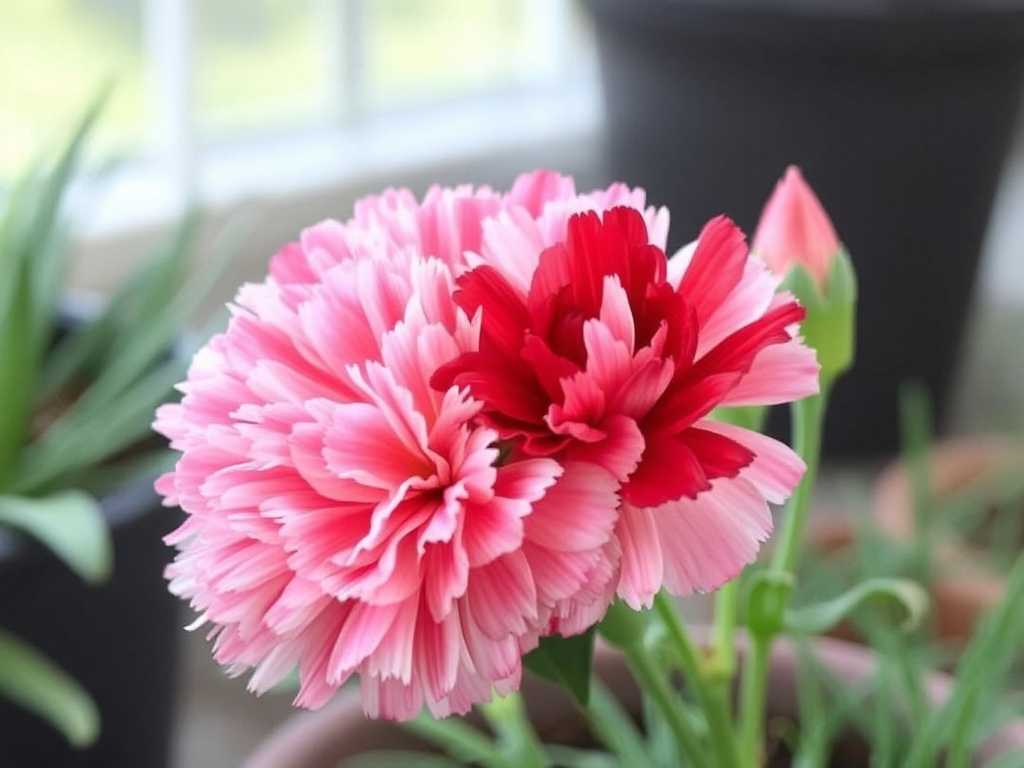
Watering is where many new growers go astray. The golden rule for carnation care is to water deeply but infrequently. You want to allow the top inch or two of soil to dry out completely between waterings. When you do water, do so at the base of the plant, keeping the foliage dry to prevent fungal diseases. A soaker hose or a watering can with a long spout is perfect for this. Overwatering is the most common cause of problems, leading to yellowing leaves and root rot.
Feeding your carnations is essential for encouraging those big, beautiful blooms. They are not overly heavy feeders, but they do appreciate a boost during their main growing season. Use a balanced, water-soluble fertilizer or one that is slightly higher in phosphorus (the middle number on the fertilizer package) to promote flowering. Apply it every four to six weeks from early spring until the blooms begin to fade in the late summer. Be careful not to over-fertilize, as too much nitrogen will lead to an abundance of leaves at the expense of flowers.
One of the most important practices for maintaining healthy and prolific carnations is deadheading. This simply means removing the spent flowers. As soon as a flower head begins to wilt and fade, use your fingers or a pair of clean, sharp scissors to snip it off, just above a set of healthy leaves. This prevents the plant from putting energy into producing seeds and instead encourages it to send out new flowering shoots. Regular deadheading will keep your red and pink carnations blooming for a much longer period.
While generally resilient, carnations can sometimes face issues with pests and diseases. Keep an eye out for common garden pests like aphids, which can be dislodged with a strong spray of water from a hose. Spider mites can also be a problem in dry conditions; increasing humidity around the plant can help deter them. For diseases, the main threats are fungal, like rust and powdery mildew. Ensuring good air circulation around your plants, avoiding overhead watering, and removing any affected leaves promptly are your best defenses.
When your carnations have finished their main blooming cycle, a good trim can help rejuvenate them. After the flush of flowers is over, you can cut the plant back by about one-third. This tidies its appearance and often prompts a second, smaller show of blooms later in the season. For perennial varieties, this late-season pruning helps prepare the plant for a strong return the following year.
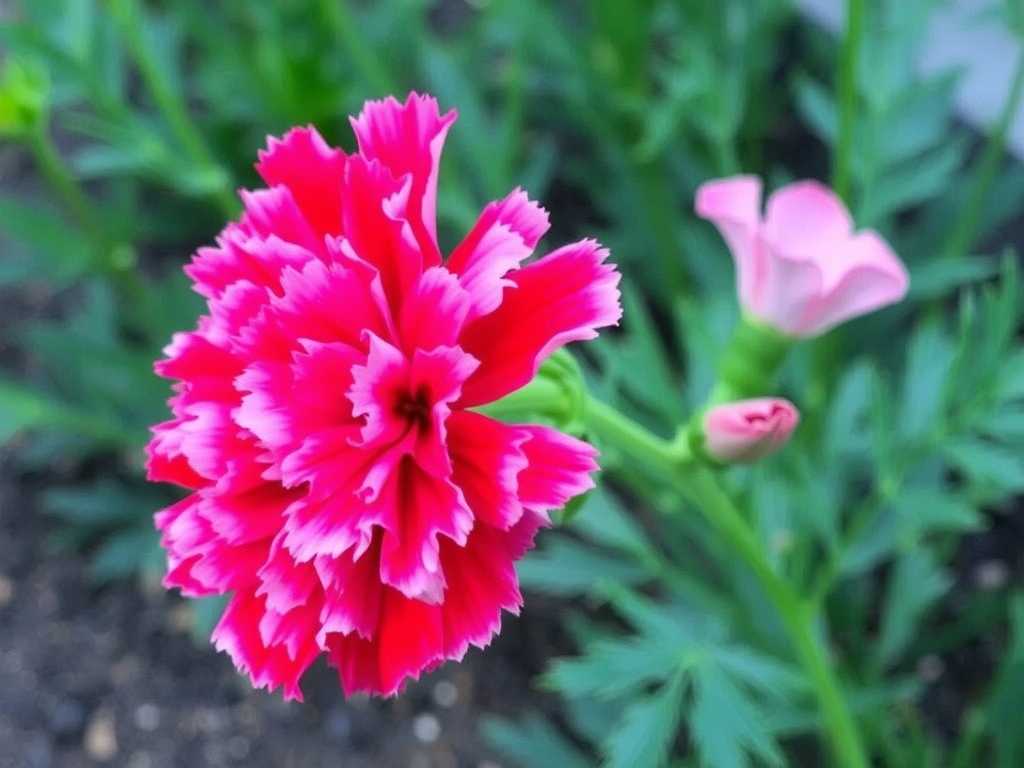
If you've fallen in love with your carnations, why not make more? Propagating them is surprisingly straightforward. The most common method is by taking cuttings. In spring or early summer, snip a 4- to 6-inch piece of a non-flowering stem. Remove the lower leaves, dip the cut end in rooting hormone, and plant it in a small pot filled with a moist, soilless potting mix. Keep it in a warm, bright spot and wait for new growth to appear, which signals that roots have formed.
For those without garden space, growing carnations in containers is a fantastic option. Choose a pot with ample drainage holes that is at least 8-10 inches wide. Use a high-quality, well-draining potting mix. Container-grown plants will dry out faster than those in the ground, so you'll need to check the moisture level more frequently. They make wonderful patio plants, bringing their cheerful color and fragrance right to your doorstep.
With these core cultivation tips in mind—plenty of sun, well-draining soil, careful watering, and regular deadheading—you are well on your way to becoming a carnation expert. These beautiful flowers will reward your efforts with a stunning display of color and fragrance that captures the heart of any gardener.
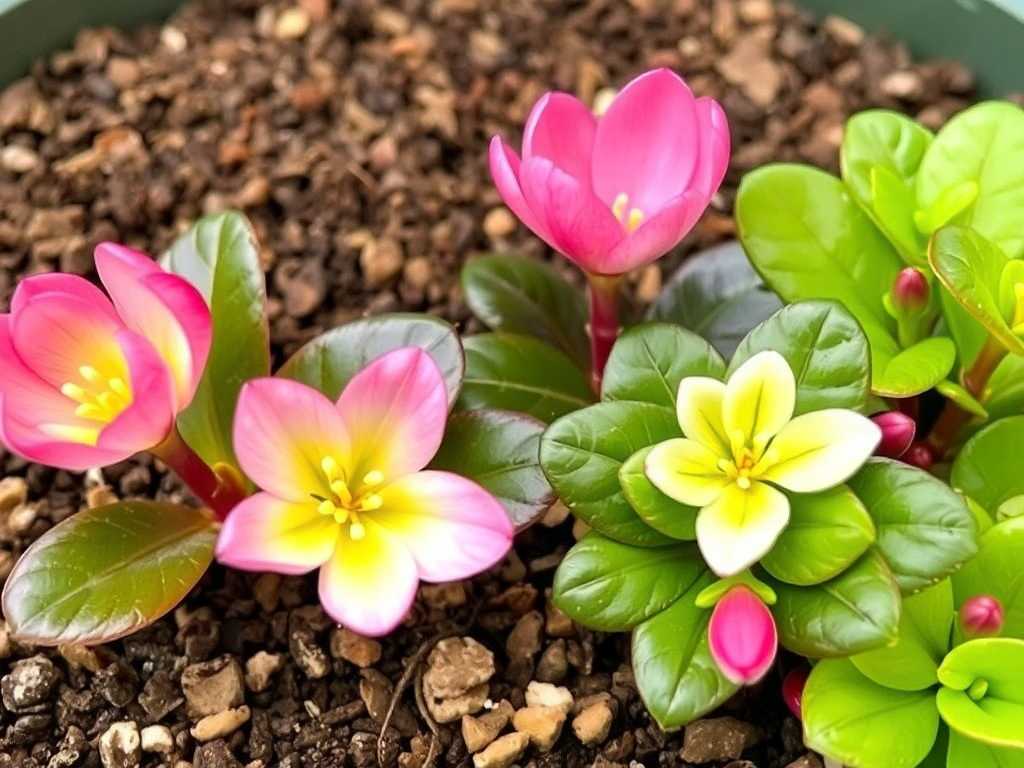
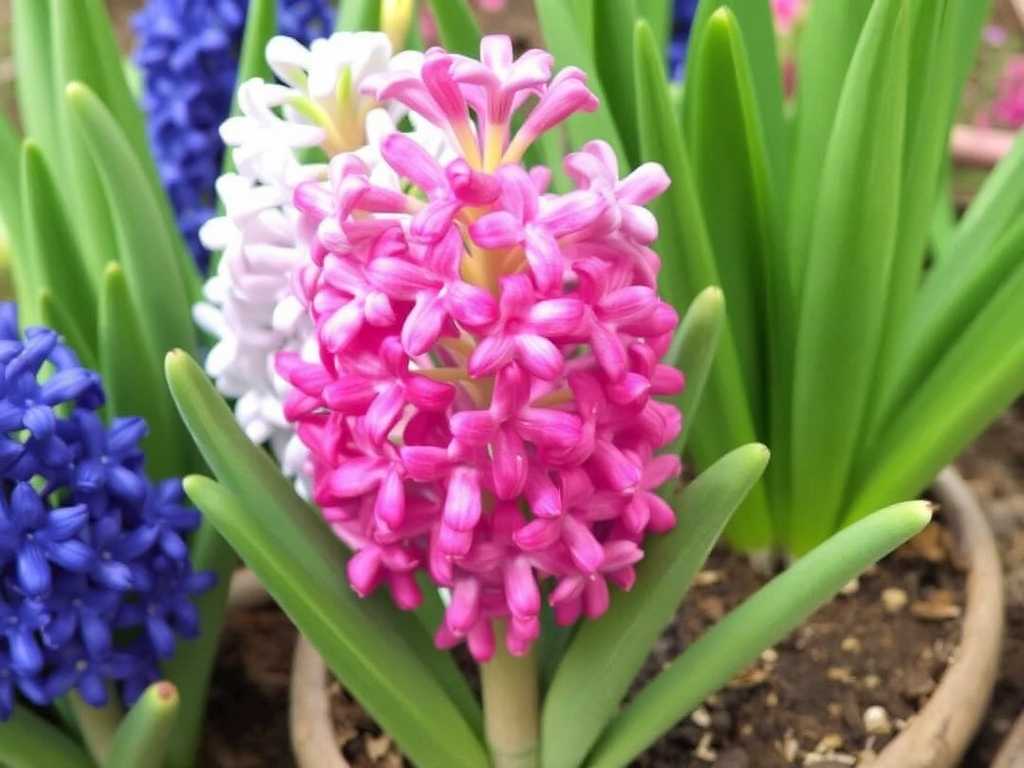
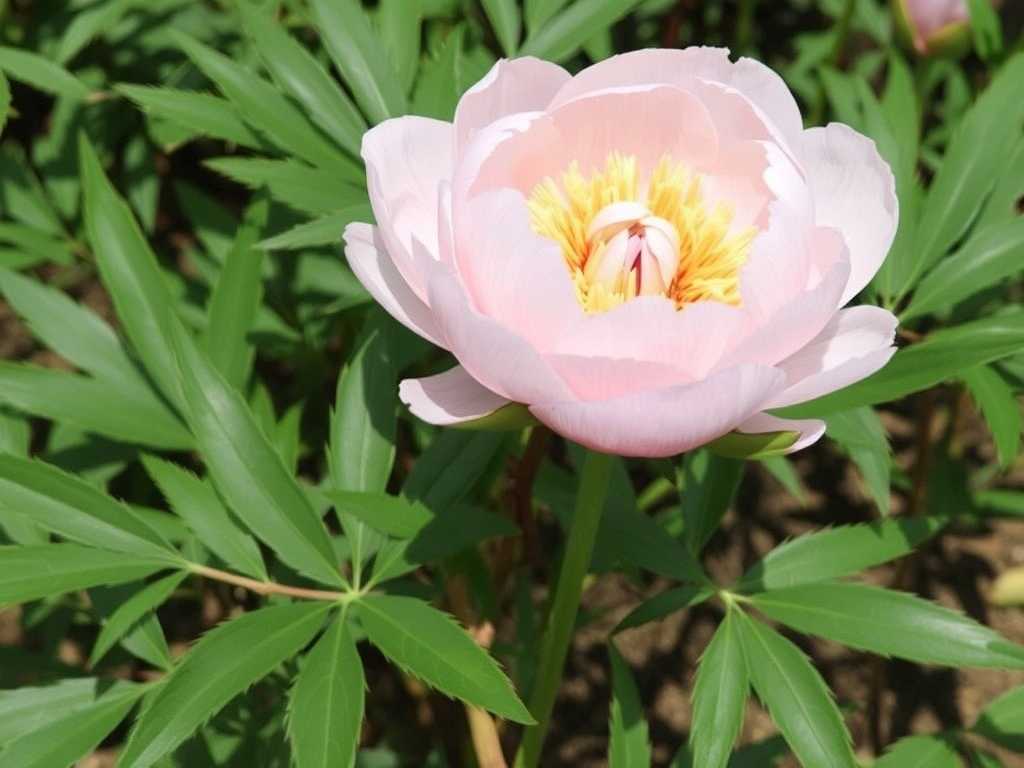

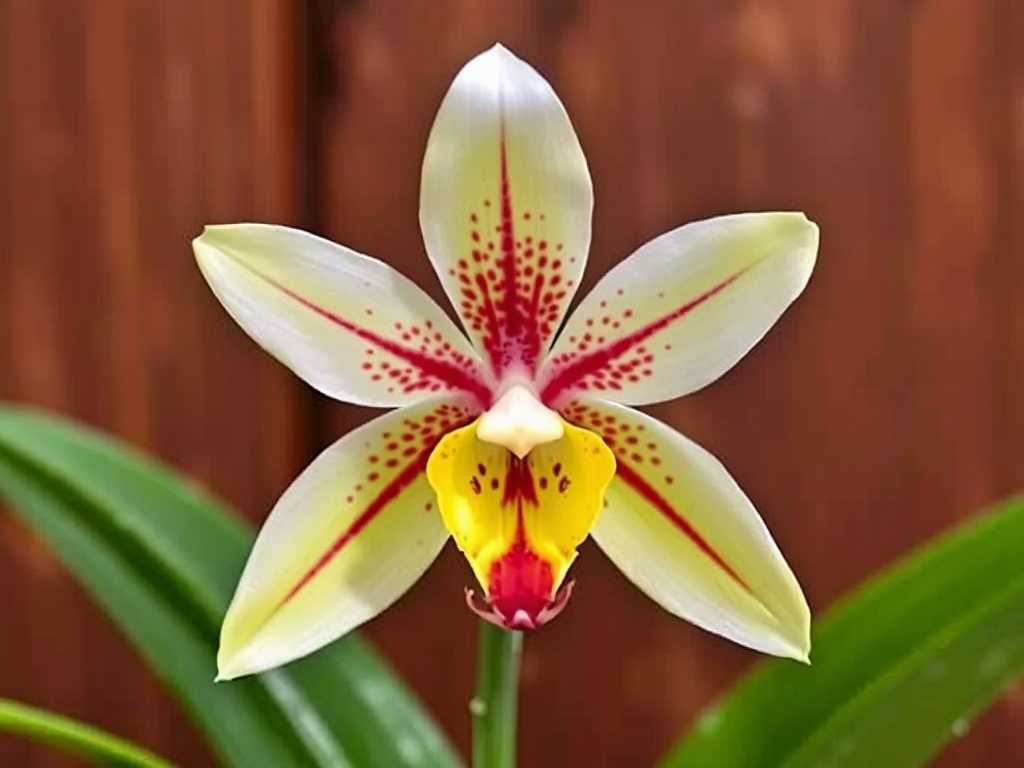
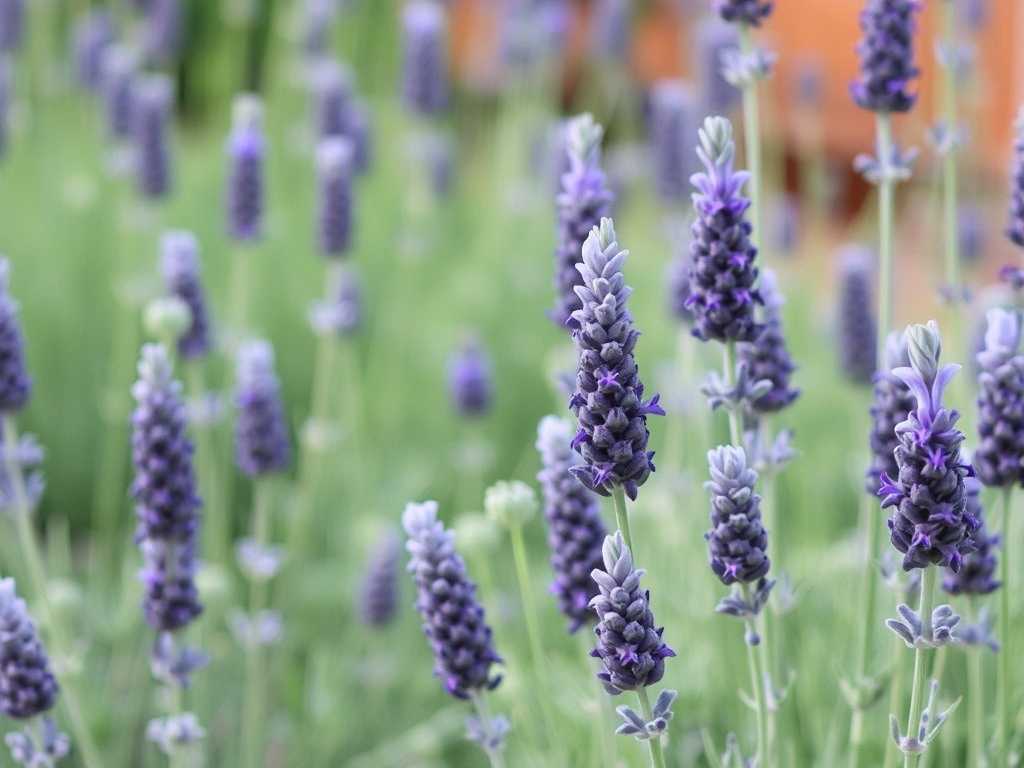
发表评论